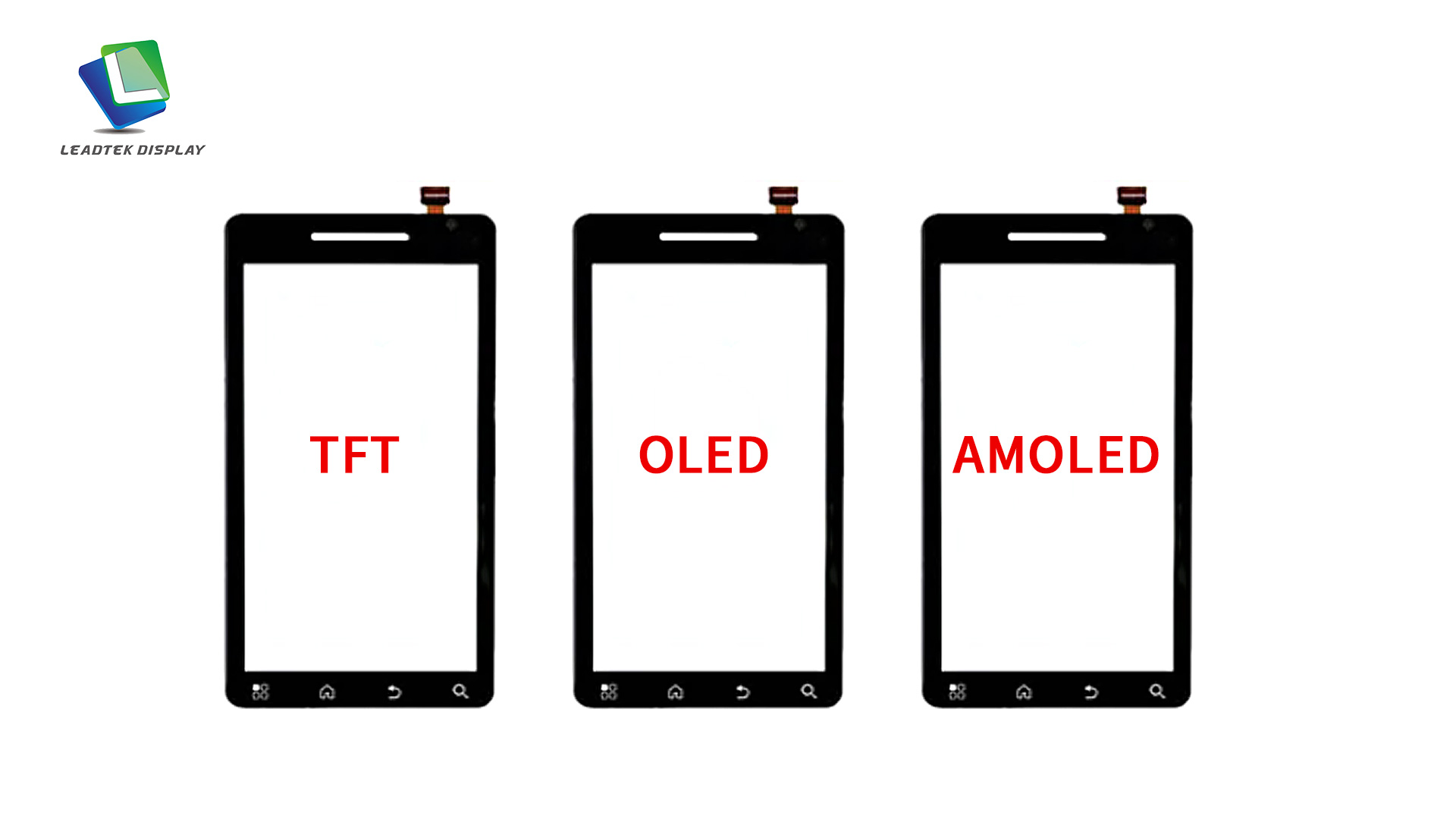Exploring Display Technologies--Do you know what are TFT, OLED, AMOLED?
Display technologies can be confusing, especially when there are so many different terms and acronyms to keep track of. Two commonly encountered terms are TFT and OLED, while a third, AM-OLED, is a variation of OLED technology. While they all relate to display panels, TFT (Thin-Film Transistor), OLED (Organic Light-Emitting Diode), and AM-OLED (Active-Matrix Organic Light-Emitting Diode) represent distinct technologies with unique characteristics. In this article, we will delve into the differences between TFT, OLED, and AM-OLED, shedding light on their respective features, benefits, and applications.
TFT: A Foundation for Display Panels
TFT, short for Thin-Film Transistor, is a technology used in the construction of certain types of display panels, including LCD (Liquid Crystal Display) and OLED. TFT panels are designed with a matrix of transistors, with each transistor responsible for controlling an individual pixel on the display. This active matrix design allows for more precise control over pixel states, resulting in improved image quality, enhanced contrast, and faster response times. TFT LCD panels have been widely used in devices like computer monitors, televisions, and smartphones.
OLED: Illuminating with Organic Compounds
OLED, or Organic Light-Emitting Diode, is a fundamentally different approach to display technology compared to TFT. OLED displays consist of organic compounds that emit light when an electric current is applied. Each individual pixel in an OLED panel is self-emissive, meaning it can produce its own light without the need for a separate backlight. This unique characteristic allows OLED panels to achieve deeper blacks, wider viewing angles, and faster response times than TFT LCDs. Additionally, OLED's self-emissive nature enables thinner and more flexible display designs, leading to innovations in curved and rollable displays.
AM-OLED: Combining TFT and OLED
AM-OLED, or Active-Matrix Organic Light-Emitting Diode, is a variation of OLED technology that combines TFT with OLED. AM-OLED displays are designed with a thin-film transistor backplane, similar to TFT LCD panels, but with an organic light-emitting diode layer for each pixel. The active-matrix design of AM-OLED enables precise control over pixel states, resulting in improved image quality and contrast. Like OLED, AM-OLED is self-emissive, resulting in deeper blacks and wider viewing angles than TFT LCDs.
Distinguishing Features and Benefits
While TFT, OLED, and AM-OLED technologies serve as backplane technologies for display panels, they have distinctive features and benefits that set them apart.
Image Quality: OLED displays and AM-OLED displays are renowned for their exceptional image quality. With the ability to turn individual pixels on or off completely, OLED and AM-OLED panels can achieve true blacks and infinite contrast ratios, resulting in vivid and lifelike visuals. TFT LCDs, while capable of producing high-quality images, struggle to match the deep blacks and contrast ratios of OLED and AM-OLED.
Power Efficiency: OLED displays and AM-OLED displays are more power-efficient than TFT LCDs. Since OLED and AM-OLED panels emit light directly from the pixels themselves, there is no need for a separate backlight. This enables power savings in scenarios where dark or black content is displayed, as the corresponding pixels can be completely turned off, consuming no power. TFT LCDs, however, require a constant backlight, leading to higher power consumption.
Viewing Angles: OLED and AM-OLED panels offer wider viewing angles compared to TFT LCDs






 Microsoft Teams
Microsoft Teams WhatsApp
WhatsApp Email
Email Inquiry
Inquiry WeChat
WeChat
 TOP
TOP